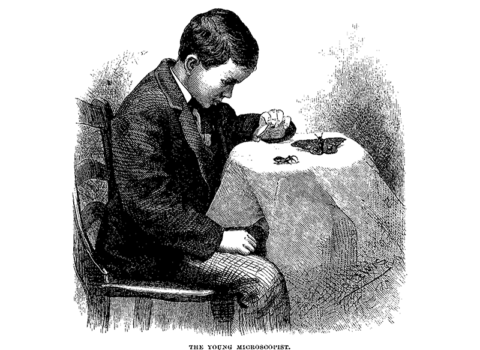News from Mexico
News of violence from the Mexican border in early March was all too familiar to me. Americans looking for a quick getaway and cheap cosmetic surgery were kidnapped, held hostage, and subjected to a shootout that caused three deaths, including that of a Mexican bystander. The two surviving Americans were next to the bodies of their two friends—they were all black—in a shanty on the outskirts of Matamoros, a poor, sprawling city across the Rio Grande from Brownsville, Texas. The assassins belonged to a faction of the Gulf Cartel, a criminal drug syndicate. What came as a surprise was that this faction, known as the Scorpions, publicly apologized for the killings and allegedly turned in the five kidnappers to the Mexican police.
I got to know Matamoros twenty-four years ago, while writing a book on the North American Free Trade Agreement. I was reporting on how NAFTA affected both American workers being stripped of their factory jobs and the Mexicans who took over those positions at considerably less pay. My point was not to explain Mexican sociology; I wanted to shed light on the cynicism and dirty tricks of U.S., Mexican, and Canadian politicians who signed a “free-trade” agreement that promised enrichment and economic modernization in those three countries, as well as the “stabilization” of Mexico.
According to the neoliberal dogma of Mexican president Carlos Salinas de Gortari, American presidents George H. W. Bush and Bill Clinton, and Canadian Prime Minister Brian Mulroney, everyone had something to gain from the anticipated growth that would occur once their countries’ markets were magically freed from the evils of protectionism. But it was all a ruse: aside from strong protections on Mexican corn, Mexican and U.S. tariffs were already low enough that they did not hamper trade. NAFTA’s main goal was to protect American investments against not only expropriation but also against extortion by the Mexican civil authorities and cartels that did not always respect the law. The result of the special protections on American investments, as detailed in Chapter 11 of the NAFTA agreement, was the meteoric rise of the maquiladoras, low-tech, low-wage factories scattered along the Mexican border ranging from Matamoros, in the Gulf of Mexico, to Tijuana, on the Pacific Coast.
With NAFTA’s assurance that neither Mexican authorities nor local thugs would hold gringo investors and factory owners to ransom, the number of jobs in the industrial zone skyrocketed, surpassing one million. At the same time, hundreds of thousands of farmers, traditional corn growers working on small plots called ejidos—created in the 1930s by President Lázaro Cárdenas, who expropriated large swathes of land and redistributed it in small parcels to poor people—sold or simply abandoned their communal lands because Salinas privatized them in 1992, in part to demonstrate his commitment to free-market principles. What followed was a mass northward migration: it was better to work in a maquila for 48 hours a week than to compete with industrial farms in Nebraska. Once stuck at a factory job for $1 per hour, former farmers had two choices if they wanted to escape poverty wages in Mexico: cross the border without documentation and work illegally in the United States at below minimum wage; or work for drug traffickers, rising entrepreneurs in fast-growing cities like Matamoros, Juárez, and Nogales. And that was the other advantage of “free trade”: traffickers enjoyed an increase in cross-border commerce and an influx of trucks and destitute labor to hide and transport the drugs.
I admit that there’s a violent, sometimes unpredictable culture in Mexico that has nothing to do with NAFTA or the greedy, blind, and arrogant oppression of its North American neighbor. About 100,000 Mexicans have officially disappeared (as well as 550 Americans), many of them victims of cartels. Among them was my 21-year-old Mexican cousin, Gregorio Cordova MacArthur, last seen in April 1973 while hitchhiking—after his traveling companion’s car broke down—between Mexico City and San Francisco. Despite his sister’s and my father’s efforts, the investigation never went beyond the best guess of a private detective who believed Gregorio was robbed, killed, and buried in an unmarked grave.
How else to explain so many desaparecidos? In The Lawless Roads, Graham Greene’s 1938 account of the lasting effects of President Calles’ anti-Catholic purges in the 1920s, he described Mexico as having “no hope anywhere.” Greene, a Catholic convert, and highly biased, declared, “I have never been in a country where you are more aware all the time of hate.” I don’t agree with Greene, a writer I admire, but I understand his feelings, and perhaps his confusion in the face of a culture that is often mind-bending. When declaring its disapproval of the killings in Matamoros, in a hand-written letter, the Scorpions criticized the “indiscipline” of its employees and insisted on its respect for “the LIFE and the Integrity of the Innocent.” Moreover, “we are committed to ensuring that the Errors…are not repeated and that Those Responsible will pay. Whoever it may be!!!” We almost certainly will never know.



